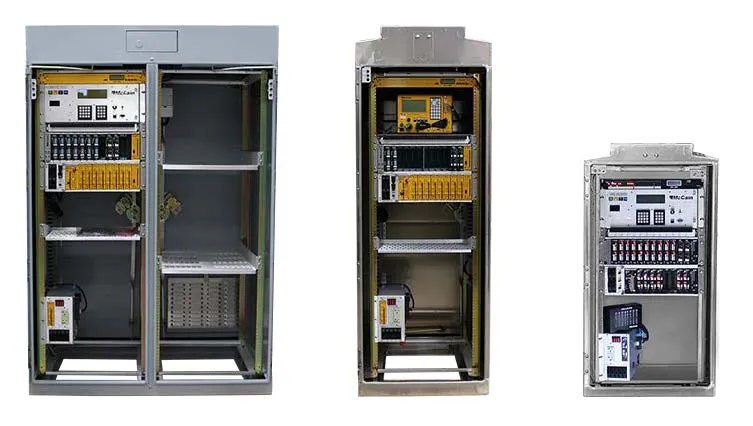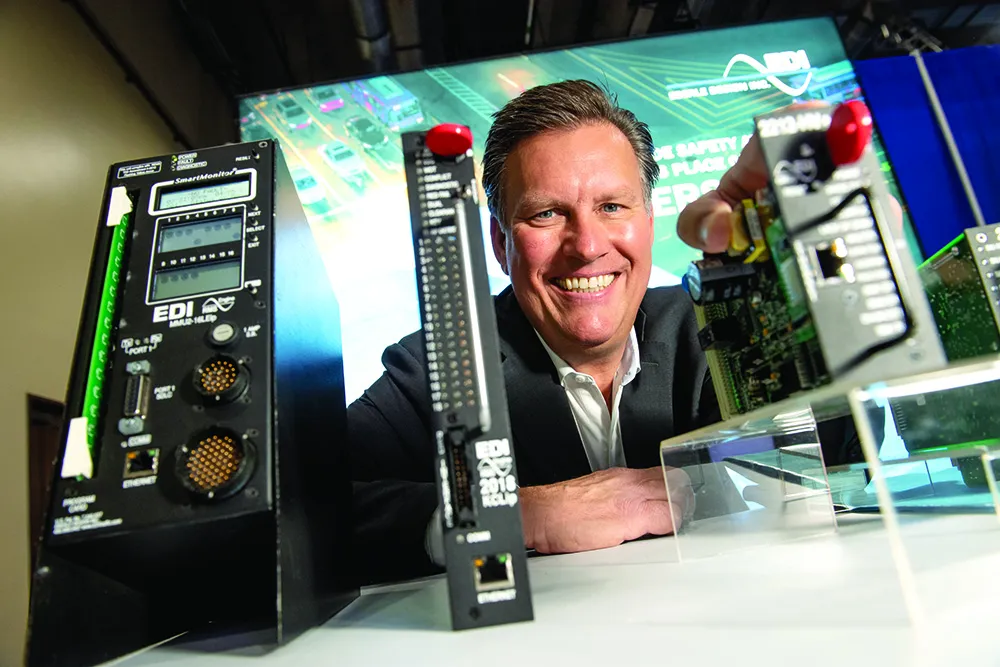This week, exactly 10 years ago,
The ATC-CBD was the founding member of what has become the Peek ATC family of traffic controllers. Next, came the shelf mounted NEMA TS2 compliant ATC-1000 which quickly became the company’s workhorse and its most popular product. With its modular design, the input/output modules could be configured to run a multitude of different cabinet configurations, giving the ability for backwards compatibility with customers’ older equipment.
Next came the ATC-2000 and ATC-3000 rack-mountable controllers. The ATC-2000 is a drop-in replacement for the Caltrans 170 and 2070 controllers, allowing it to operate the 3XX series of cabinet configurations that are popular in California and other states. The ATC-3000, known internationally as the C3000, is Peek’s ATC for international markets. All of these controller advancements have led to Peek’s newest ATC product, the ATC-5000, branded C5000 internationally, which is being featured on the company’s booth here at ITS America Detroit. The C5000 is more than just the traffic controller. It is a modular rack-based system that integrates all aspects of the intersection control equipment cabinet. Through a series of plug in cards and field replaceable modules, the C5000 has integrated the CPU, voltage and current safety monitoring, inputs/outputs, load switches, surge suppression and power distribution in to a compact and highly capable intersection control system available in 110V, 220V and low voltage configurations.
Booth 208









